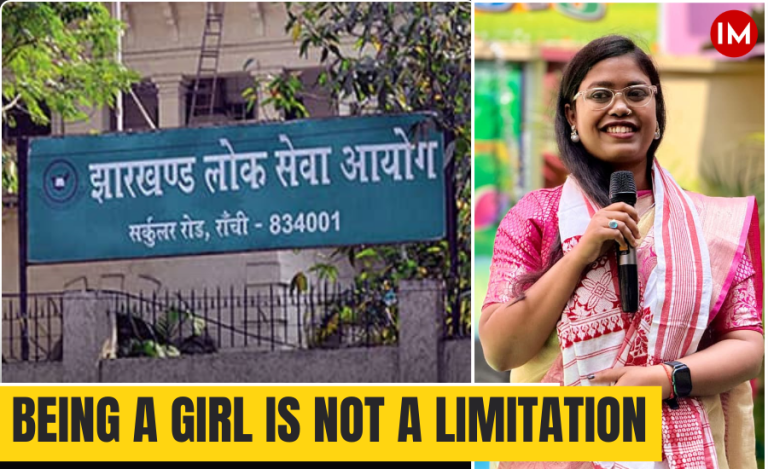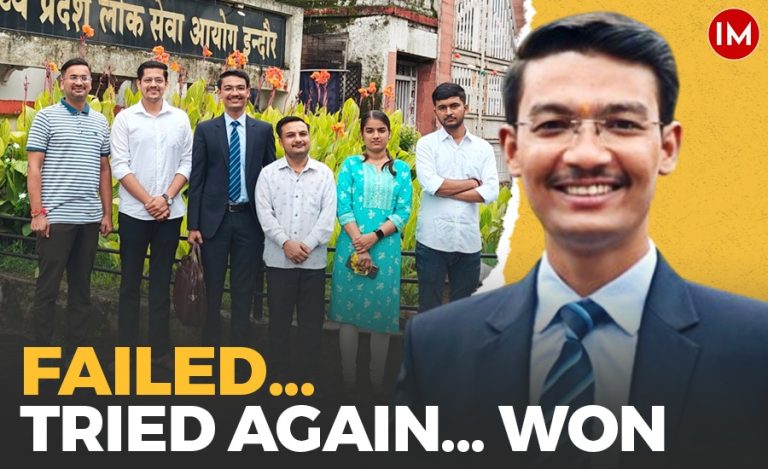The healthcare system and access to basic medical infrastructure lack behind in some rural parts of India, where people avoid going to hospitals due to big medical bills and lack of timely transportation. You must have heard that in many rural places, pregnant ladies avoid going to hospitals at the time of delivery; instead they seek help of local midwives. This leads to higher risk to the health of both mother and the child.
Likewise, some districts in Chhattisgarh were facing similar problems that were not getting addressed. Due to the geographical constraints, the four-wheeler ambulances couldn’t reach the patient on time which led to frequent deaths. Therefore, to fulfill the basic medical amenities of the needful, former District Collector Awanish Sharan formulated the initiative of bike ambulances in the Balrampur district in 2018, which was later adopted by many other districts including Kawardha.
FORMULATING BIKE AMBULANCES INITIATIVE AS DISTRICT COLLECTOR
Awanish Sharan who is currently serving as Director Technical Education, Employment and Training with an additional charge of CEO, Skill Development, Chhattisgarh smartly adopted this initiative as it was already being used by the Central Reserve Police Force (CRPF) to rescue sick and injured people in Maoist-affected region of Bastar.
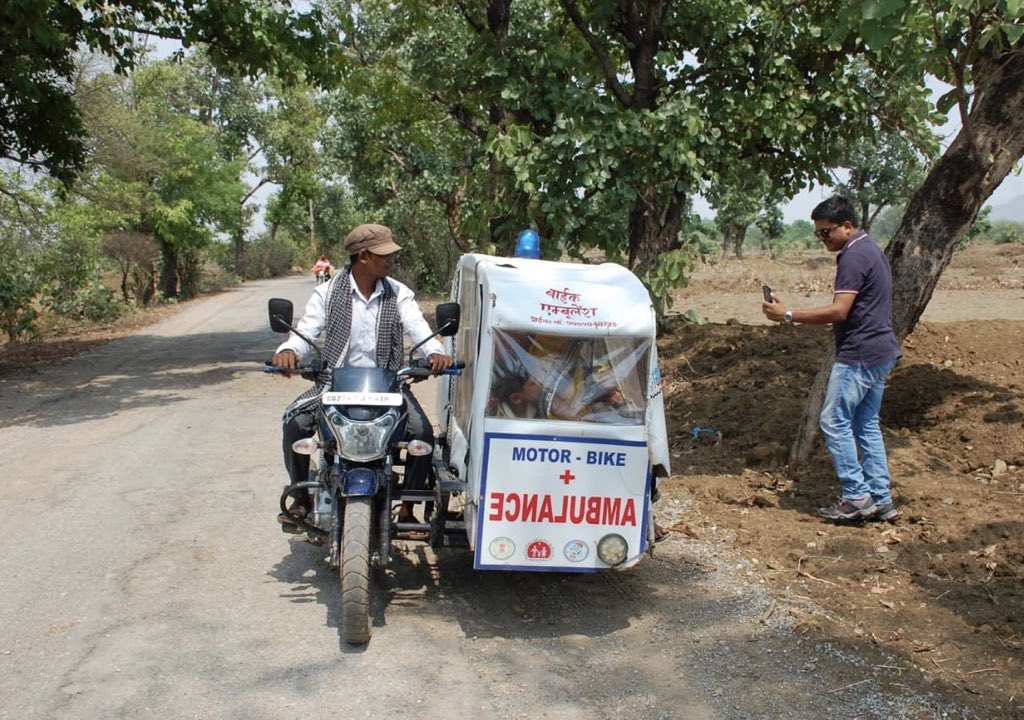
“Bike ambulances used to operate with a side-car where the Sangi Express driver and ASHA worker used to pick up the patients from their doorstep, with all the first-aid equipment and supplies and used to drop them to the nearest clinic. After the treatment, the same bike ambulance would also drop the patients back to homes”, said Mr. Sharan while speaking with Indian Masterminds.

For every village, a bike ambulance was allotted. People used to contact the PHC, the CHC in-charge (Community Health Centre), or the Sangi Express driver on the particular number allotted to the village. The number was widely shared by the local `panchayats’ to each and every household and sessions regarding the promotion of bike ambulances were conducted.
OPERATION AND MOTIVE OF SANGI EXPRESS
As the four-wheeler ambulances took a huge amount of time to reach the beneficiary, people used to book private vehicles to reach the nearby hospital or clinic. This often turned out to be very costly to most people. However, the bike ambulance acted as a perfect substitute, as it took very little time to reach the doorstep of the patient and is very cost-effective as it is free of cost.
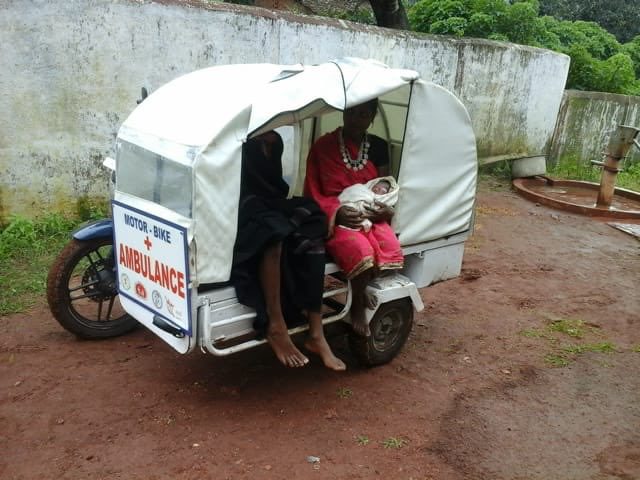
“Firstly, the main motive of the bike ambulances was to decrease maternal/infant/child mortalities by transporting those in need of treatment within the crucial hours. Secondly, it provided much needed commutation facility to accident victims and others suffering from trauma with Emergency Response Service. Lastly, it really helped those who resided in far flung areas, as access to immediate medical service reduced death rate”, said Awanish Saran.
He also added, “The service is also functional during the COVID-19 pandemic and is helping the masses.”
SPREADING HIS PERSONAL NUMBER TO SCHOOLS AND HOSPITALS
Awanish Saran not only changed the healthcare system of these tribal areas, but he also went to the grassroots to provide help to the people personally. In one such instance, he provided his personal number in all the schools, colleges, and hospitals of the district and asked them to call him directly whenever they needed help.
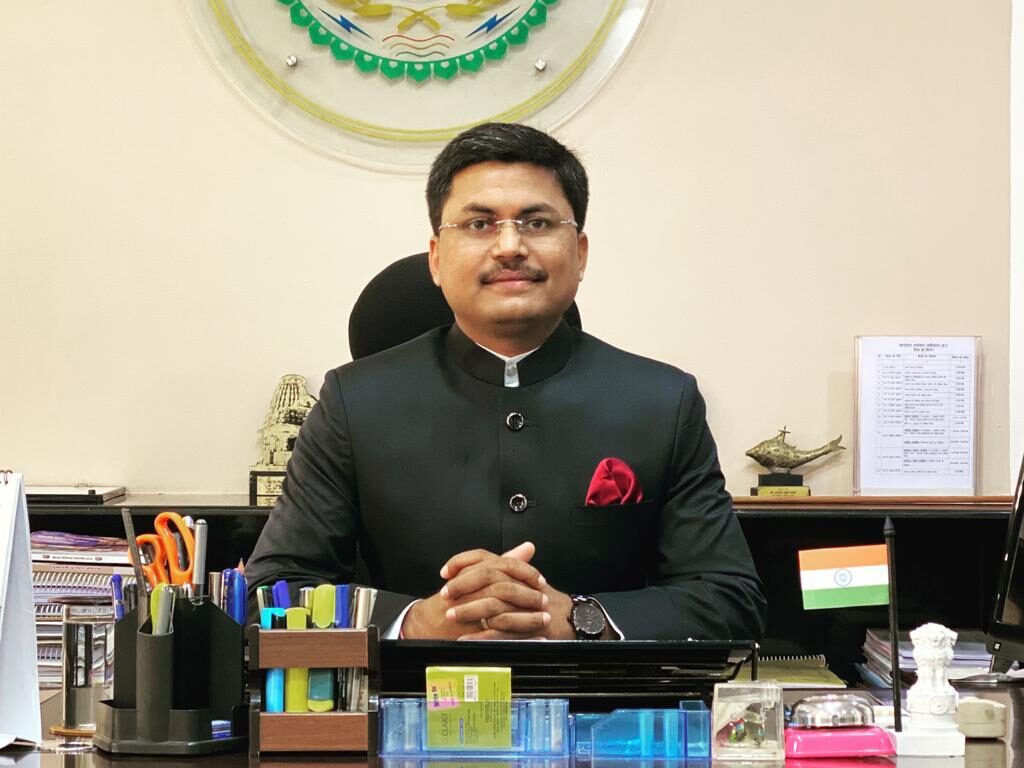
“As a Collector of the district it was my moral responsibility to provide them my contact number. And this did help a lot of students in getting connected and I could solve many problems by surprise inspections of schools which helped in better functioning of schools. I received many calls during the day and was able to help a lot of people including school children”, he told Indian Masterminds.
He also added, “Me providing the personal number to the public helped a lot of people during this COVID 19 pandemic, as many residents of my district who were stuck in other states were able to get a lot of help in terms of essential products (ration) and money.” This established direct contact with the public and made him more accessible to the people of his district. However, the Sangi Express initiative not only provided better health facilities to these tribal areas but also spread awareness about the ‘Right to Health’ and the ease of medical facilities to the women of that area.


